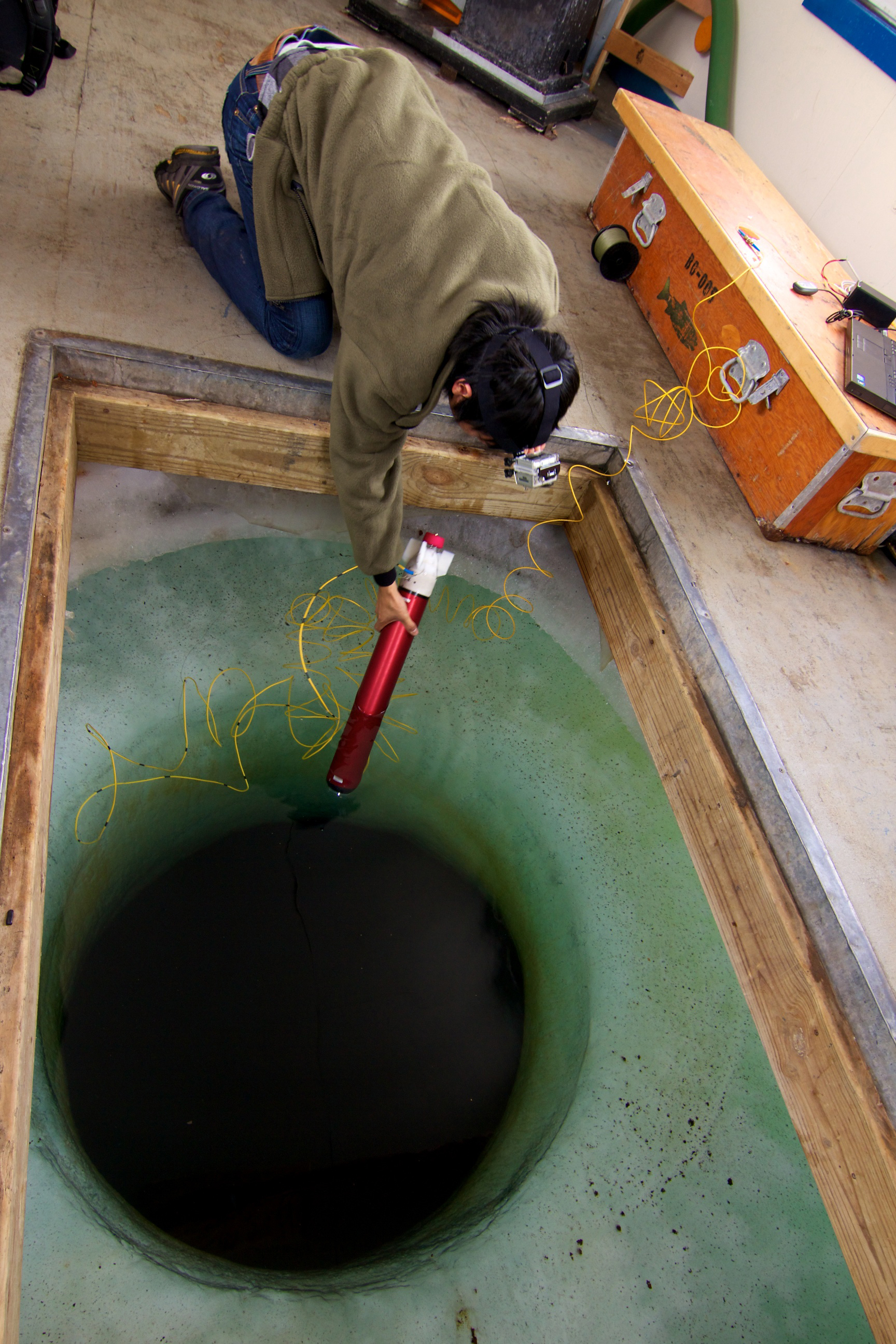Watch Submarine Explore Buried Antarctic Lake


A shiny red submarine that could double for a Louisville Slugger played a critical role in confirming life abounds in a chilly Antarctic lake, NASA said today.
The robotic sub, about the size and shape of a baseball bat, was dropped down a 2,625-foot (800 meters) borehole into subglacial Lake Whillansin January. Tethered to the surface with a fiber-optic cable, the micro-submarine showed the world its first images of a buried Antarctic lake. [Watch the sub explore Lake Whillans]
"Everyone was incredibly excited to see the first images," Alberto Behar, a researcher at NASA's Jet Propulsion Laboratory in Pasadena, Calif., said in the video. Behar led the instrument's design team, which consisted mainly of students from Arizona State University.
The sub sent back video, salinity, temperature and depth data to researchers camped on the ice surface. The video confirmed it was safe to send down more instruments to measure the lake's properties, and to collect water and soil samples, NASA said in a statement.
The search paid off: Water retrieved from subglacial Lake Whillans already shows signs of microbial life. Researchers returned to the United
States with 8 gallons (30 liters) of lake water and eight sediment cores from the lake bottom. These samples will be tested for signs of microbial life, which could shed light on extreme life that thrives in harsh environments.
The drilling operation, called the WISSARD project (Whillans Ice Stream Subglacial Access Research Drilling), began on Jan. 21 and broke through the ice on Jan. 28.
Get the world’s most fascinating discoveries delivered straight to your inbox.
Reach Becky Oskin at boskin@techmedianetwork.com. Follow her on Twitter @beckyoskin. Follow OurAmazingPlanet on Twitter @OAPlanet. We're also on Facebook and Google+.




